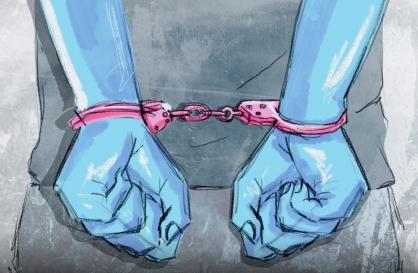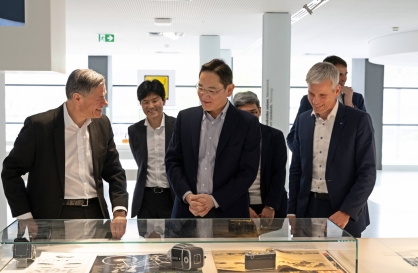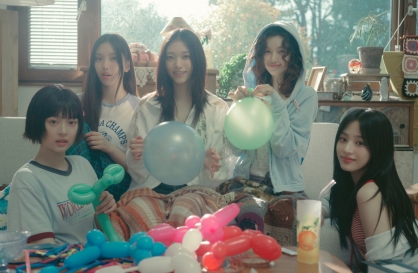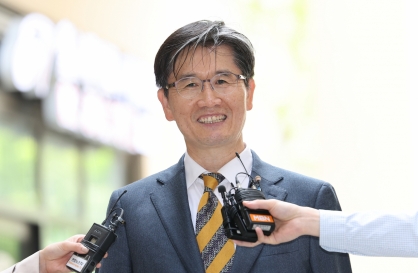LG Household & Health Care, South Korea’s leading maker of household goods, said Wednesday that its humidifier disinfectant sold back in the late 1990s did contain potentially harmful chemicals, but that they were used in small amounts that would not cause damage.
Earlier in the day, local news agency Newsis had reported that LG’s “119 Humidifier Disinfectant” product sold from 1997 to 2003 had contained benzalkonium chloride (BKC) a toxic substance that can be fatal when ingested.
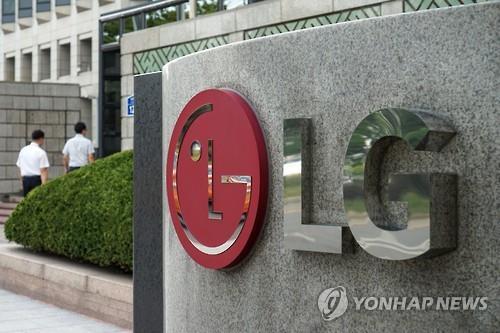
According to the Ministry of Drug Safety’s database on toxic substances, BKC, when ingested, can cause swelling, ulcers and bleeding in the small intestines as well as swelling of the throat, brain and lungs, which can lead to death within one to two hours.
In a statement, LG H&H confirmed that that its humidifier included 0.045 percent of BKC and 0.01 percent of Tego51, a mixture of lauryl diethylene diamino glycine and lauryl aminopropyl glycine.
However, it has been pointed out that the two chemicals were used in safe amounts unhazardous to human health, dispelling suspicions of having sold toxic humidifier disinfectants as did firms like Oxy Reckitt Benckiser.
“BKC is a chemical similar to quaternary ammonium chloride, a type of antimicrobial agent used in fabric freshener, which the Korean Environment Ministry recently announced is not hazardous,” LG H&H stated.
“Our product in question contains 0.045 percent of BKC, which is around half the permitted level of 0.085 percent set by the U.S. Environmental Protection Agency,” it said.
LG H&H also said its product included just 0.01 percent Tego51, an insignificant level that would not compromise safety.
“We used BKC in levels far below the U.S. standard, not to mention the product was diluted with water when used, further enhancing its safety,” an LG H&H spokesperson said.
“Most importantly, we have not received any complaints from customers who claim they suffered damages by using our product in the past,” she added.
At the time, the company had recommended customers mix 5 milliliters of its sanitizer per 1 liter of water going into the humidifier.
Though BKC is toxic when directly ingested, there is no known information on its toxicity when inhaled in any amount. However, the U.S. EPA does perceive humidifier disinfectants as substances that must be washed to prevent inhalation.
The U.S. EPA writes in its “Indoor Air Facts No. 8 Use and Care of Home Humidifiers” factsheet published in 1991 that “if you use any cleaning or disinfecting agent, rinse the tank thoroughly with several changes of tap water to prevent dispersal of chemicals into the air during use.”
As for its future moves, LG H&H stated plans to actively address the issue should any customers complaints arise.
As Korea widens its probe on a number of toxic humidifier disinfectants that killed more than 100 people here, an accusation against LG H&H came to the surface.
A customer surnamed Kim told Newsis earlier this week that his newborn child was hospitalized with cyanoderma -- a discoloration of the skin -- in 1999 when the family had been using a sterilizer manufactured by LG Chemical, the predecessor of LG H&H before it was spun off.
Given most of the victims of Oxy Reckitt Benckiser claimed to suffer from cyanoderma as well as difficulty in breathing, Kim came forward thinking his child’s condition may have been linked to using LG’s product.
LG H&H said it has not received any form of contact from this person.
By Sohn Ji-young (
jys@heraldcorp.com)

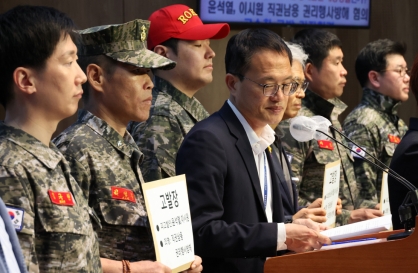
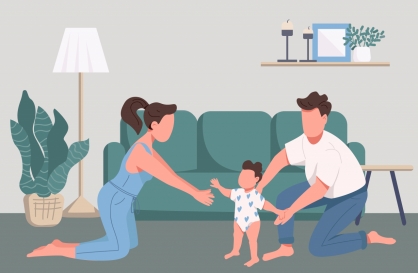
![[KH Explains] No more 'Michael' at Kakao Games](http://res.heraldm.com/phpwas/restmb_idxmake.php?idx=644&simg=/content/image/2024/04/28/20240428050183_0.jpg)
